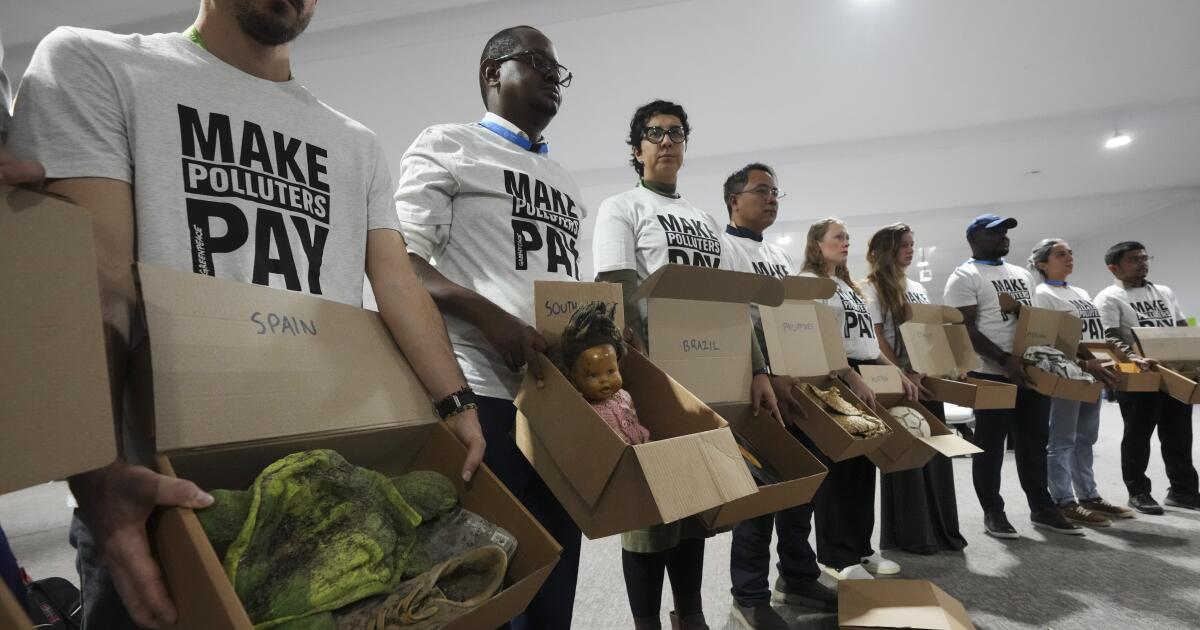On February 19, 2025, New York City saw protestors rally against a controversial move led by President Donald Trump and Elon Musk, head of the so-called Department of Government Efficiency. Their agenda? A sweeping reduction of federal services paired with widespread layoffs, which some are calling the largest job cut in U.S. history. Economists are already predicting it could have far-reaching implications, not just for the national economy but particularly on local levels.
The White House, with Musk’s department at the helm, has executed firings and proposed buyouts involving numerous federal employees, a considerable portion of the United States’ workforce. While precise figures remain elusive, expectations are that tens of thousands, at the very least, are affected.
The administration has instructed federal agencies to terminate “probationary” employees—those recent hires still within their first year or two and not yet covered by full civil service protections. As of May 2024, around 220,000 federal workers were classified under this probationary category, according to data from the U.S. Office of Personnel Management.
Moreover, over 75,000 employees have reportedly taken buyouts, according to a Trump administration insider. These workers have agreed to resign in exchange for continued compensation through September.
In a recent analysis, Callie Cox from Ritholtz Wealth Management underscored the enormity of these actions. Nearly 300,000 workers are potentially impacted, marking this as the “largest job cut in American history” by a wide margin. And yet, this staggering figure excludes others facing potential dismissal, including contractors at agencies like the U.S. Agency for International Development and civil servants recently promoted but still classified as probationary.
Layoffs are hitting various departments, ranging from the IRS and National Park Service to the Department of Agriculture, Education, and more, reported the Associated Press. “We may soon find out the hard way that people drive the U.S. economy,” Cox poignantly observed.
However, experts suggest the actual number of layoffs may not reach 300,000. Some employees previously given the axe have been offered new roles. Public records indicate about 26,000 federal employees have been laid off, not counting those who accepted buyouts. This figure mirrors the job losses seen in the 2008 Lehman Brothers collapse.
Thomas Ryan from Capital Economics estimates that perhaps between 100,000 and 200,000 federal staffers might have already been let go. This potentially outstrips notable corporate downsizing events, such as IBM’s 1993 layoff of 60,000 staff.
Historically, even the U.S. Army’s job reductions in 2011 and others in previous years don’t compare in scale. The Bureau of Labor Statistics did record some federal layoffs between 1995 and 2003, but today’s scenario suggests a rapidly escalating trend, according to Moody’s chief economist Mark Zandi.
The administration maintains these cuts align with efforts to eliminate redundant spending and enhance federal efficiency, stated White House spokesperson Anna Kelly. It maintains that removing non-critical probationary positions is part of a broader mandate to repair economic inefficiencies.
The personal toll of job loss often involves financial strain. Many affected workers may endure prolonged financial instability if replacement jobs aren’t found swiftly. While unemployment benefits offer some relief, they only replace about a third of salaries on average.
Economists like Erica Groshen at Cornell University highlight the broader economic repercussions on local businesses and communities. Laid-off workers will likely cut back on spending, affecting everyone from neighborhood restaurants to daycare centers. Simultaneously, anxiety among remaining federal employees might curtail consumer spending, contributing to economic instability.
Washington, D.C., is particularly vulnerable, with economists at Moody’s predicting a “mild recession” due to increasing unemployment. States like Maryland and Virginia, too, might experience significant economic impacts due to their reliance on government employment.
Broader effects of these layoffs might take weeks or even months to become apparent, as data catches up. Yet, despite the grim picture, some experts remain cautiously optimistic. Ernie Tedeschi, from the Yale University Budget Lab, notes that while these cuts create turbulence, they don’t inherently signal a recession.
From a broader perspective, federal layoffs remain a smaller piece of the economic puzzle. Ryan from Capital Economics considers the job market sufficiently robust to reabsorb displaced federal workers. For now, the macroeconomic impact seems contained, though uncertainties from additional policies could introduce new headwinds.
In conclusion, while the immediate effects of these layoffs are profound and unsettling for many, their long-term implications on the U.S. economy and local communities remain to be fully seen. As 2025 progresses, the hope is for a resilient economy capable of absorbing and rebounding from these significant job cuts.

















